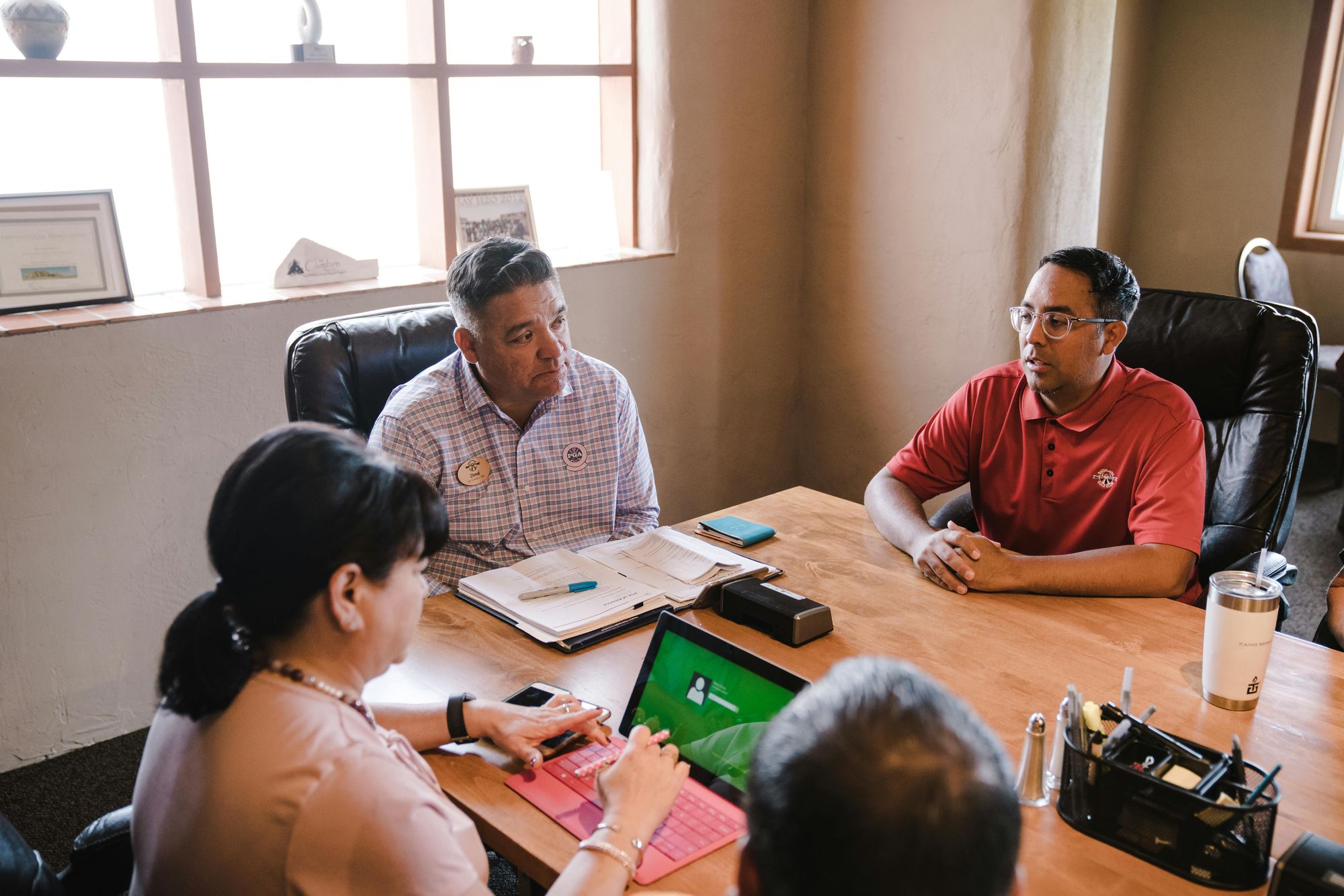The HR Business Partner: Bridging Strategy & People
Reading Time:
Reading Time:

In today’s fast-changing business environment, the HR Business Partner (HRBP) is no longer just a behind-the-scenes support role. Instead, this position has evolved into a strategic linchpin: someone who closely aligns HR practices with the company’s direction, translating business priorities into people strategies. The HRBP is the connector — linking leadership vision with employee experience, driving change, and ensuring that HR truly adds business value.
An HRBP is deeply embedded in a specific department, unit, or region. They don’t just provide HR services broadly; they partner closely with one piece of the organization so they can understand its dynamics, challenges, and goals. Because of this alignment, they can act as a trusted advisor to managers, helping shape decisions where people, culture, and strategy intersect.
Unlike more administrative roles, the HRBP’s focus is on strategic impact. Their work includes shaping talent strategy, guiding performance and development conversations, forecasting workforce needs, and supporting leaders through change. They’re expected to think like business leaders while still understanding the human side of that business.
To succeed, an HR Business Partner usually combines four critical capabilities:
Data Literacy
You must be comfortable collecting, analyzing, and interpreting people-related data — everything from turnover trends to performance metrics. Rather than guessing, the HRBP uses evidence to guide decisions.
Business Acumen
It’s not enough to understand HR; you must deeply understand the business — how it makes money, what its competitive pressures are, how markets shift. This insight allows you to propose HR interventions that actually move business goals forward.
Digital Agility
Being tech-savvy is essential. The HRBP should embrace tools and systems that increase efficiency and insight — without letting tech overshadow the human connection. Knowing how to choose and use the right HR technology well is part of the job.
People Advocacy
The HRBP balances business needs with what’s best for people. They must be a voice for fairness, for development, and for creating workplaces where people feel empowered, heard, and supported. They also push back when the business needs to consider employee wellbeing or culture more deeply.
In addition to those, strong communication, stakeholder management, change leadership, and strategic thinking are all essential. You’ll frequently coach leaders, resolve conflicts, steer change initiatives, or help realign teams.
Because HRBPs straddle many domains, each day can look different. But often, their routines include:
Reviewing people metrics (turnover, engagement, performance) to spot issues early
Meeting with business leaders to translate their goals into HR plans
Coaching managers and helping with talent-related conversations
Supporting change or restructuring efforts in their assigned teams
Handling local employee relations matters or complaints
Collaborating with HR functions (compensation, learning, recruitment) so that the unit’s needs are fully represented
Importantly, an HRBP is always switching between big-picture thinking and hands-on people work. They must stay aware of both strategic shifts and daily realities.
A great HR Business Partner strengthens the connection between people and performance. Here are a few ways they bring real impact:
Alignment & Efficiency: By aligning HR practices with business goals, HRBPs cut down wasted effort and ensure people strategies directly support what the company is trying to achieve.
Better Decisions: With data as a foundation, HRBPs guide more intelligent, evidence-based decisions about talent, structure, and development.
Leadership Support: They coach and equip leaders to manage their teams well, reducing friction and improving accountability.
Cultural Stewardship: They help nurture and sustain culture — ensuring values, inclusion, and employee experience are intentionally shaped, not left to chance.
Change Management: When business changes happen — reorganizing, shifting models, scaling — HRBPs become critical partners in managing the people side of that change, making transitions smoother.
Becoming a strong HRBP typically involves:
Gaining solid grounding across HR disciplines (recruitment, performance, employee relations, compensation) so you can speak to each domain
Developing business skills — understanding finance, operations, strategy — to meaningfully engage with leadership
Building your soft skills — communication, influencing, coaching, conflict resolution — so you can be trusted and effective
Deepening your analytical skills and adopting a mindset of continuous learning and adaptability
Over time, HRBPs often evolve into strategic HR leaders — becoming senior partners, heads of HR, or strategic consultants within organizations.